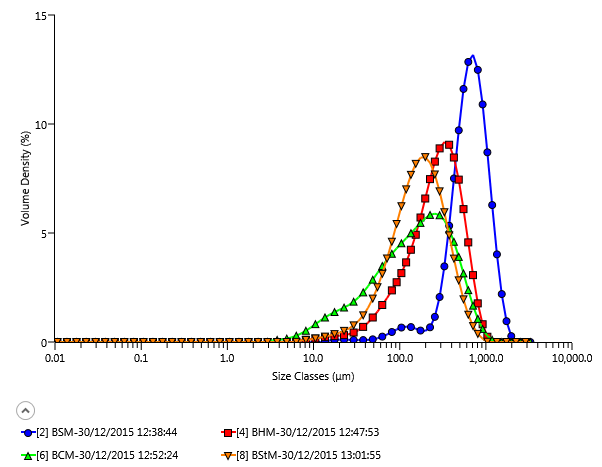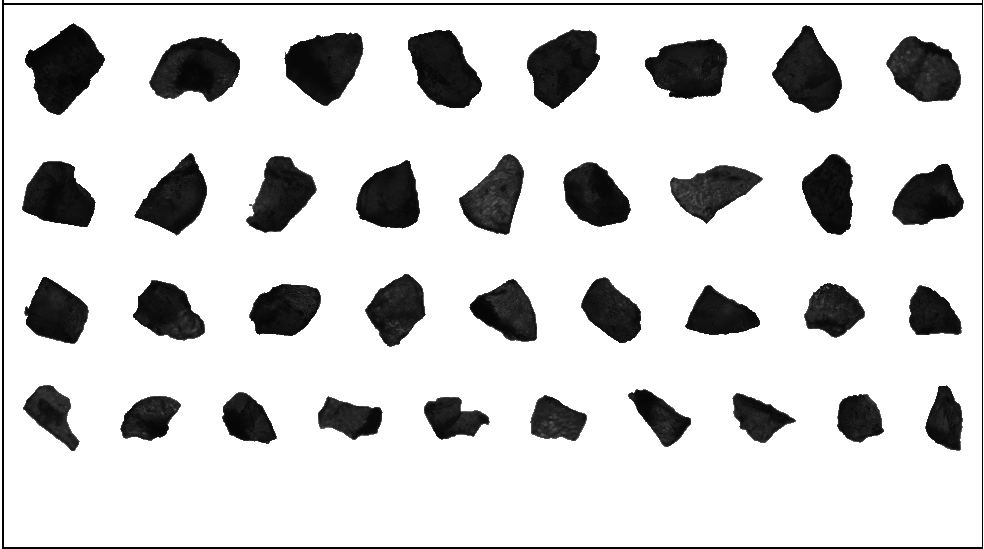In the global grain based food and feed industry, raw materials and products from whole grains to flours and its various processed forms are handles and processed as particulate bulk materials.
In the global grain based food and feed industry, raw materials and products from whole grains to flours and its various processed forms are handled and processed as particulate bulk materials. As the global food production tries to catch up with the population surge, increased quantities of bulk grains are being produced, handled and processed daily and this in turn requires more information on material characteristics which are significant to the design of handling and storage equipment. Knowledge of bulk properties of particulate materials is essential to the design of industrial equipment, efficient and reliable material processing and for estimation of quality of raw material. In addition, flow properties of bulk solid influence flow from silos and hoppers, transportation, mixing, compaction and packaging.
Physical properties of particles like particle size distribution, particle shape, density, surface area etc. are known to influence the flow properties of powder. Because flowability has a multidimensional aspect, its quantification is also a challenging task and one of the most poorly understood.
“…it must be realized that particle size analysis is not an objective in itself but is a means to an end, the end being the correlation of powder properties with some process of manufacture, usage or preparation.”
H Heywood Proc. 1st Particle Size Anal. Conf. September 1966 p 355 - 359 (Heffer)
Case study
Rice flour is a form of flour made from finely milled rice and is distinct from rice starch. Rice flour is a particularly good substitute for wheat flour, which causes irritation in the digestive system of those who are gluten intolerant. Rice flour is also used as a thickening agent in recipes that are refrigerated or frozen since it inhibits liquid separation. This case study included a variety of Rice known as Basmati, a long slender grain rice liked for its exquisite nut like fragrance during cooking and an almost buttery flavor due to presence of 2-Acetyl-1-pyrro-line. Various types of mills like cyclone mills which are generally used in industrial scale flour mills and hammer mills, stone mills which are traditionally used for milling rice were studied for effect on particle size distribution and morphology.
Particle Size Distribution
Malvern Mastersizer 3000 was used for determining the particle size distribution. As expected the particle size and the span of the distribution differed for the products of the four different mills as shown in Figure 1.

Figure 1: Particle size distribution for rice flour produced by different milling processes
The super milling (BSM), which employs metal surfaces for grinding, produces the largest size of particles but surprisingly has a comparatively narrow distribution. This results in a free flowing powder but having poor packing efficiency thus may result in voids when packed tightly in silos. Using a stone mill (BStM) and the cyclone mill (BCM) produces comparatively smaller particles with considerable fines and a broader distribution. The hammer mill (BHM) is somewhere in between.
Considerable research has been carried out to study the effects of particle size and size distribution on the flowability of powders. The forces opposing flow are friction, attraction between particles and system walls, and mechanical resistance or interlocking. In general, lower particle size reduces flowability of solids which in this case is happening to the stone milled and cyclone milled rice. But since a substantial proportion of fines are present as compared to the coarser fraction, these mills produce a flour which has a better packing efficiency.
Particle morphology
Particle morphology especially surface roughness, has a major impact on powder flowability. An increase in number of irregular particles results in poor flowability. Surface properties such as friction and particle interlocking can be investigated using microscopy but subjective errors are required to be taken out as microscopy is a user influenced technique. Automated image analyzers like the Malvern Morphologi G3SE have SOP based operation which takes out the user induced bias from the analysis. It numerically differentiates a “smooth” particles from “rough” ones based on a parameter known as convexity.

Figure 2: Particles from Super mill

Figure 3: Particles from Stone mill
The stone milled rice shows the most percentage of rough particles relative to the others and as this has a considerable fraction of fines (refer data from Mastersizer 3000), this material is bound to have the poorest flowability amongst the four.
Conclusion
Understanding challenges in handling cereal grain powders requires a fundamental understanding of physical properties of particles. Particle characteristics associated with process feeding, as well as undesired effect such as time consolidation or caking cause flow problems. An in-depth understanding of the flow characteristics of cereal powder is needed to design appropriate and efficient hoppers or storage bins.